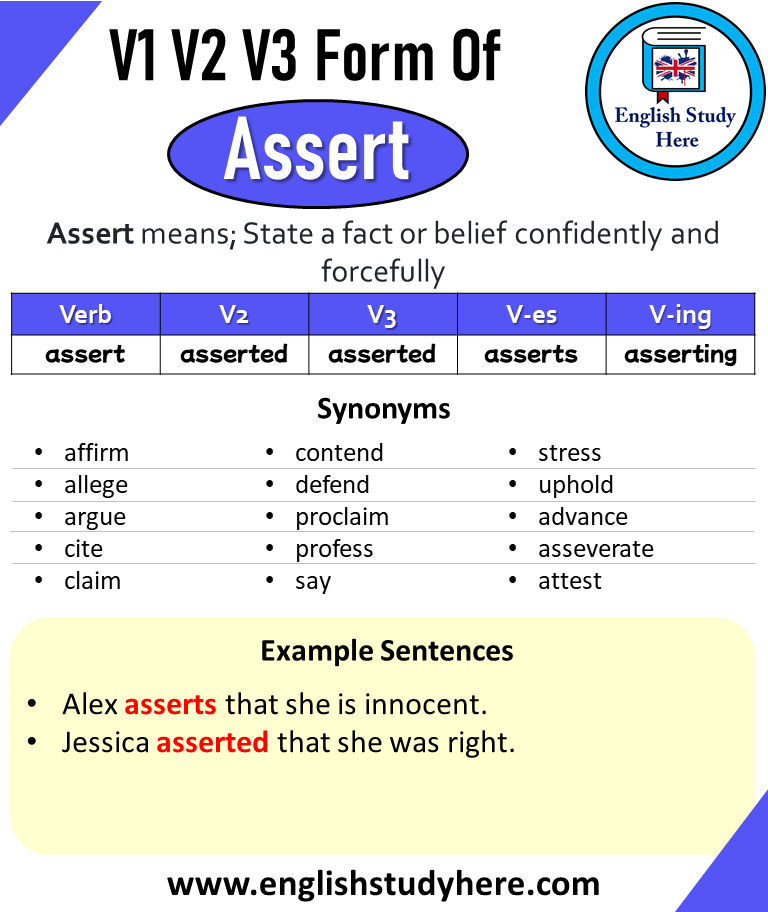Stress Past And Past Participle Form V1 V2 V3 V4 V5 Form of Stress
Have you ever found yourself stressed over the different forms of the verb “stress”? You’re not alone.
Understanding the various forms of verbs can feel like a puzzle, but it’s a puzzle worth solving. Imagine the confidence you’ll gain once you master the past and past participle forms of “stress. ” This knowledge will not only enhance your writing skills but also boost your linguistic confidence.
Picture yourself engaging in conversations or writing essays with ease, knowing that your verb forms are spot on. This article is your guide to navigating the V1, V2, V3, V4, and V5 forms of “stress,” making it all simple and straightforward. Stay with us, and you’ll soon see how easy it is to stress less over this verb.

Credit: englishstudyhere.com
Stress Forms And Conjugations
The word “stress” is a regular verb. This means it follows a pattern. The present form is “stress”. For past and past participle, you add “ed”. So, “stressed”. This makes English easy to learn. The present participle is “stressing”. For the third person singular, it is “stresses”. These forms help in writing and speaking.
Here is a quick table for clarity:
| Form | Example |
|---|---|
| V1 (Base Form) | stress |
| V2 (Past Simple) | stressed |
| V3 (Past Participle) | stressed |
| V4 (Present Participle) | stressing |
| V5 (Third Person Singular) | stresses |
Learning these forms helps with English communication. Practice often to remember them. It is not hard with repetition.

Credit: englishstudyhere.com
Usage In Different Tenses
In the past tense, “stress” becomes “stressed.” People stressed over exams and big tests. This form shows that the action happened before now.
For the present tense, “stress” stays as “stress.” Students often stress about homework. This form tells us the action happens regularly.
In future tense, we use “will stress.” Teachers will stress about new plans. This form shows the action will happen later.
The past participle form is “stressed.” Have you stressed over your grades? It pairs with helping verbs like “have” or “has.”
As a gerund, “stress” becomes “stressing.” Stressing can make you tired. Gerunds act like nouns in sentences.
Common Mistakes And Tips
Stress is a common word. The past form of stress is stressed. The past participle is also stressed. These forms are useful in writing. Many mix them up with other words. It’s easy to get confused.
| Form | Verb |
|---|---|
| V1 | stress |
| V2 | stressed |
| V3 | stressed |
| V4 | stressing |
| V5 | stresses |
First, remember the forms. Practice them daily. Use them in sentences. Check your work often. This helps in learning. Read more to improve.

Credit: www.pinterest.com
Conclusion
Understanding stress in different forms helps in English learning. Recognizing verb forms enhances communication skills. Stress changes in various tenses: present, past, and participle. Practice makes perfect. Use these forms in sentences for better understanding. Regular practice leads to improvement.
English becomes easier with verb form knowledge. Stress less about tenses. Focus on using verbs correctly. Simple practice aids learning. Engage with exercises and examples. Language skills grow with consistent effort. Keep learning. Progress is gradual but rewarding. Embrace challenges and enjoy the journey.






